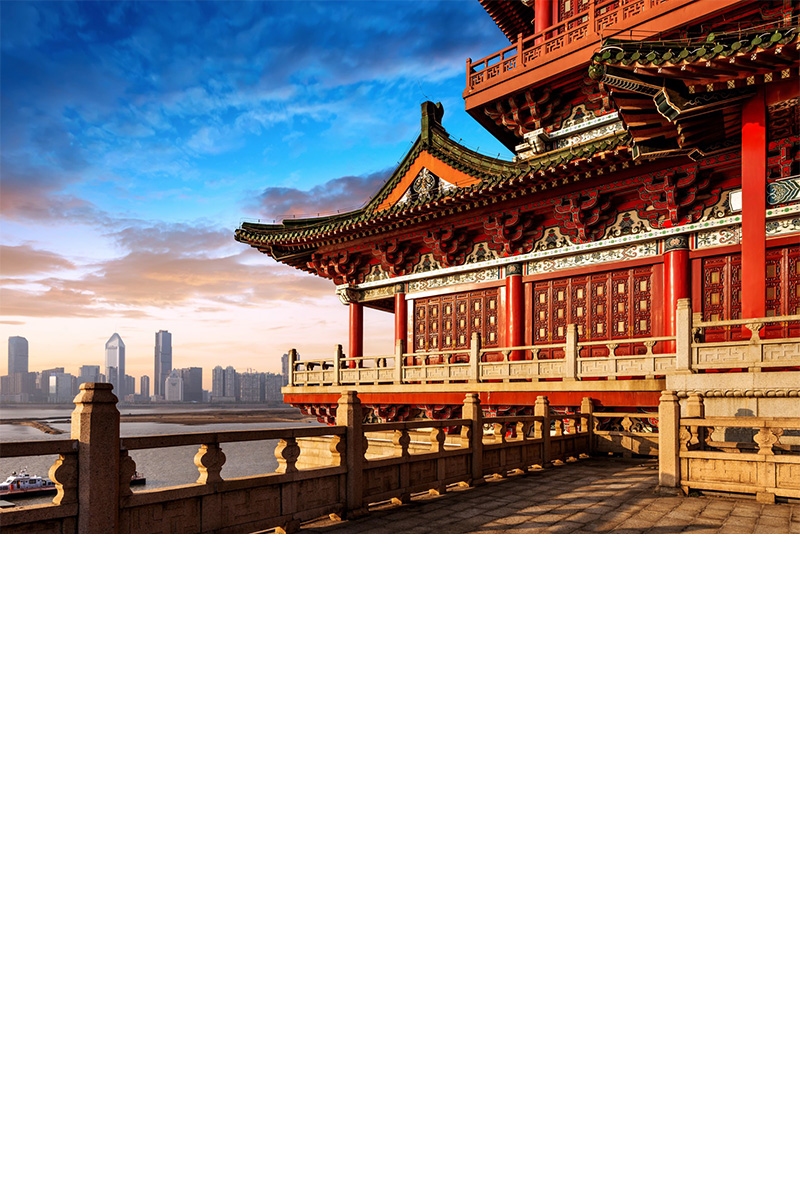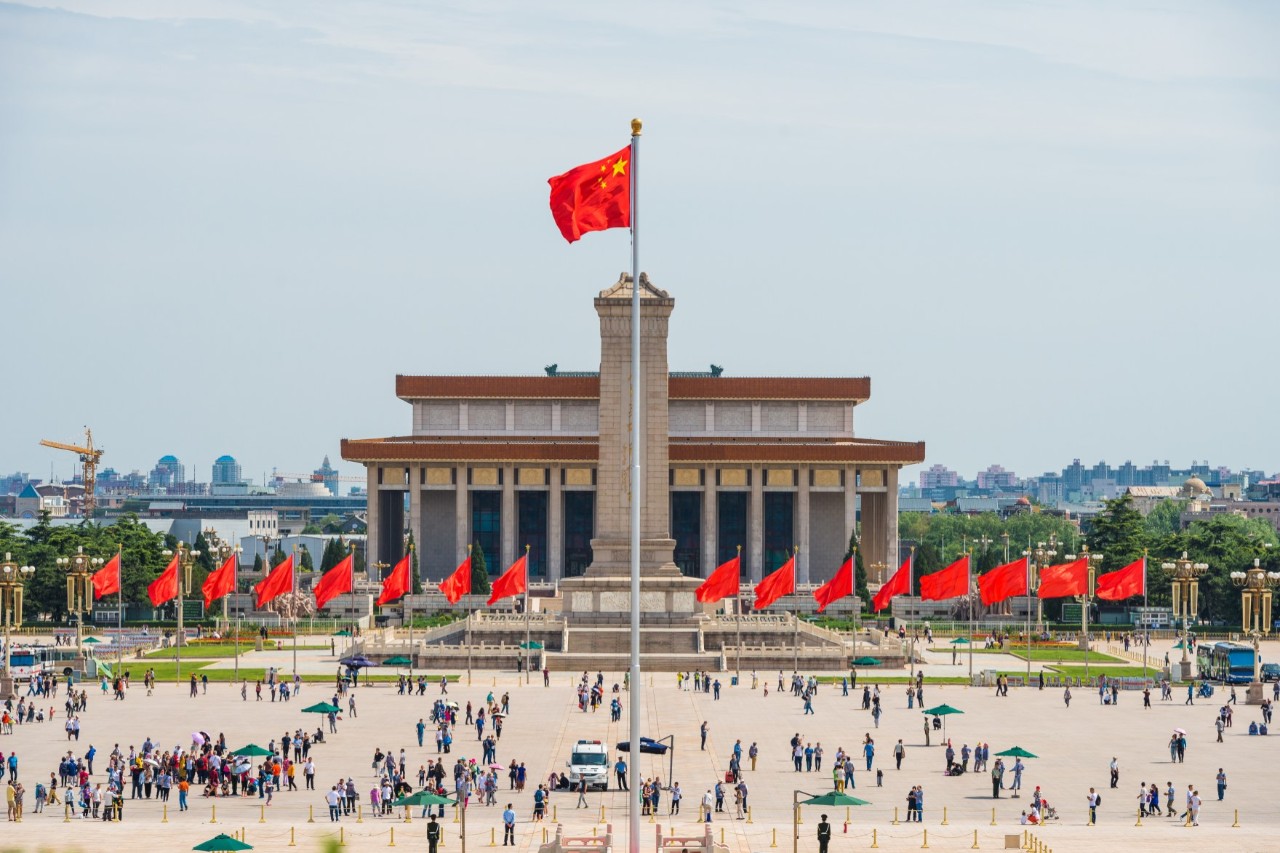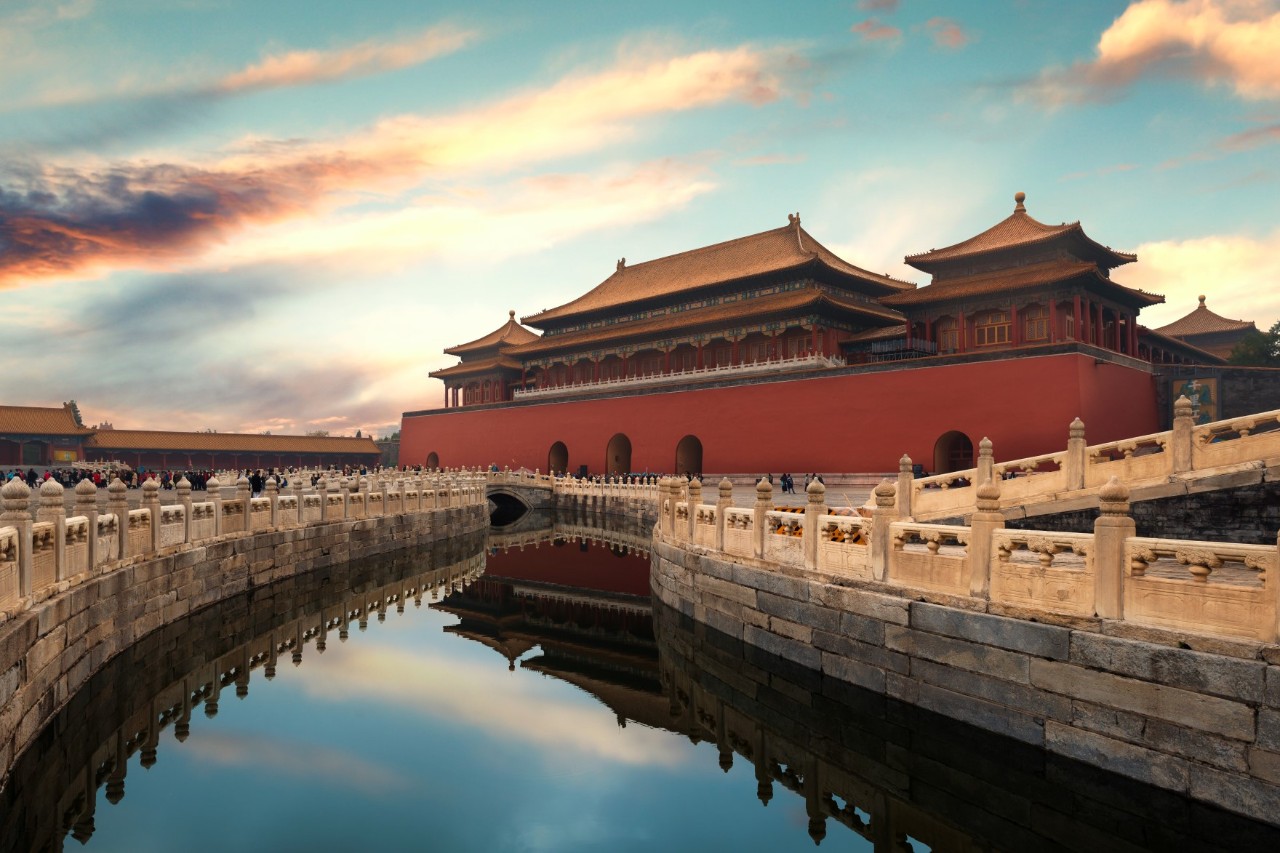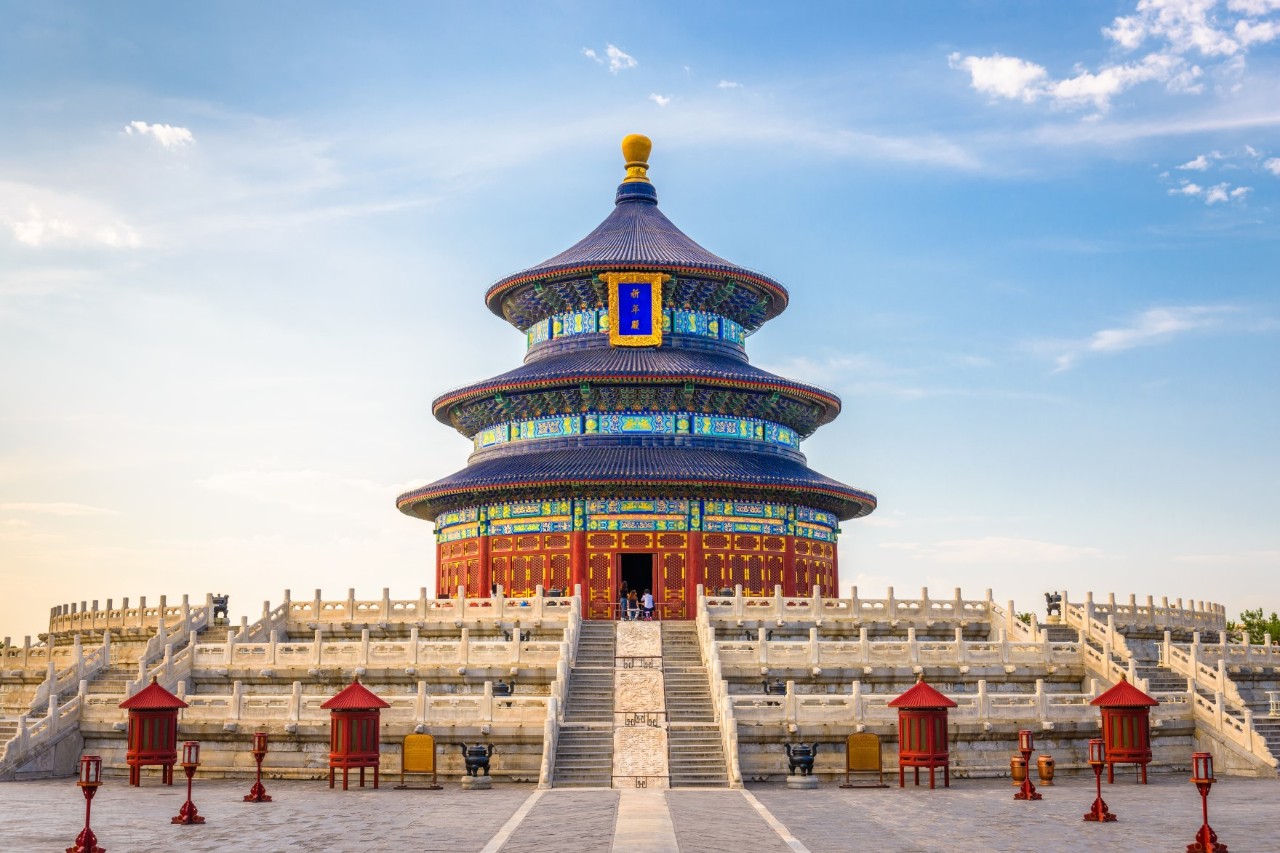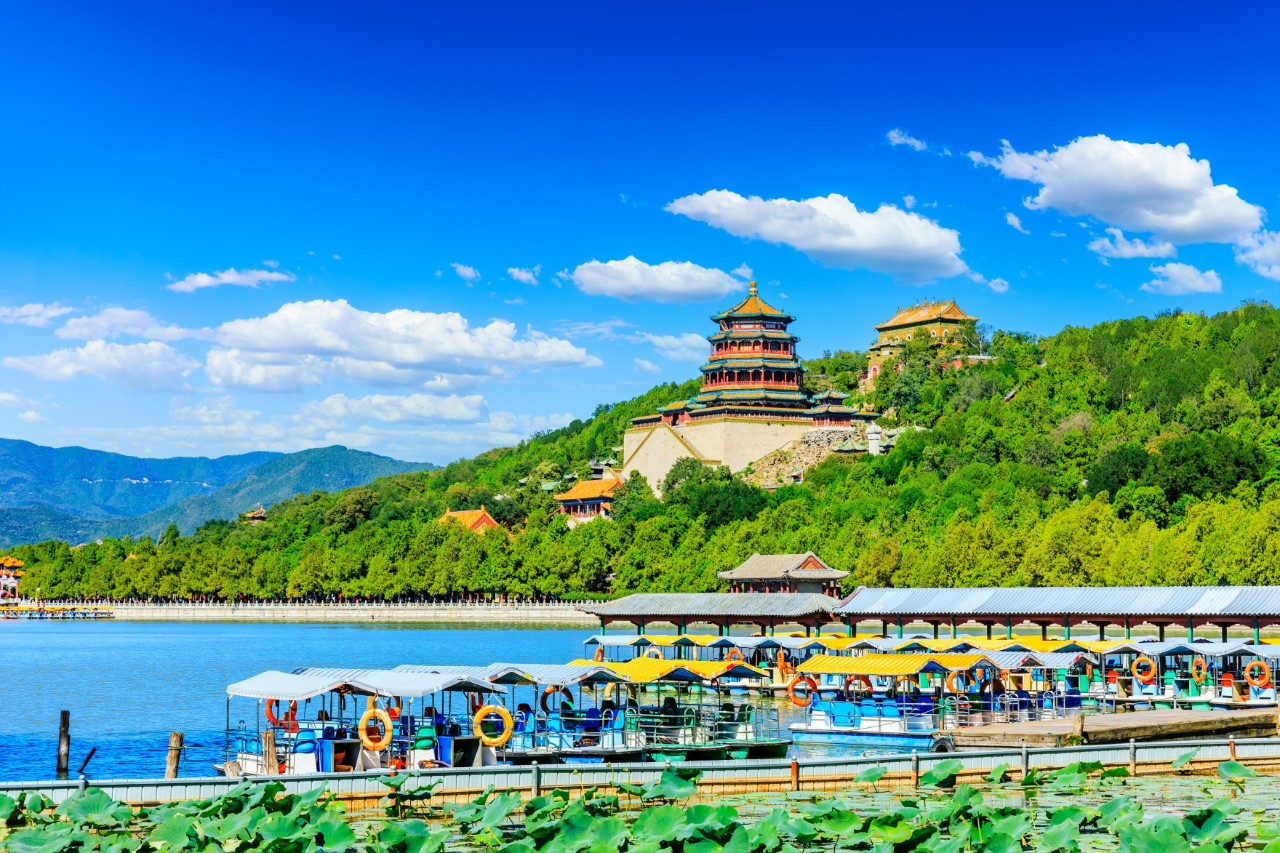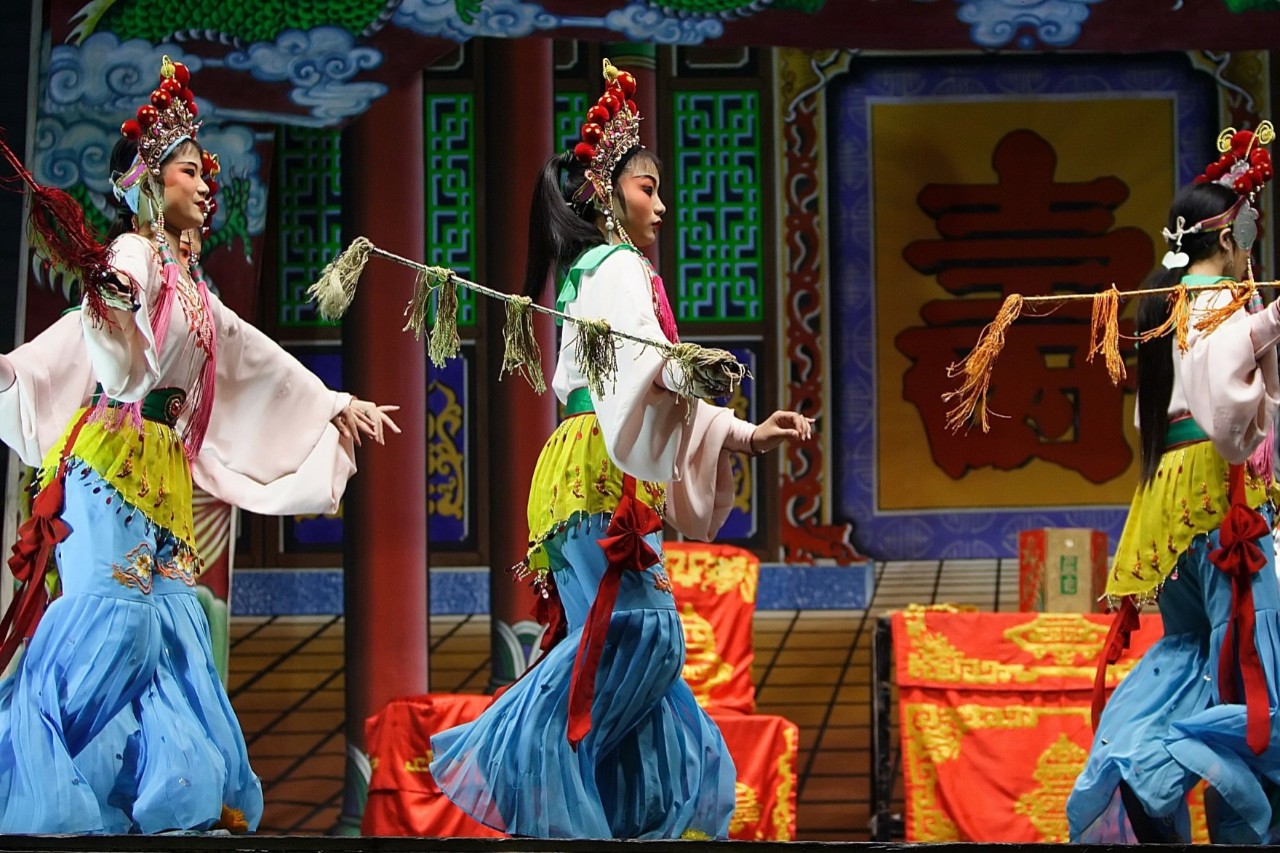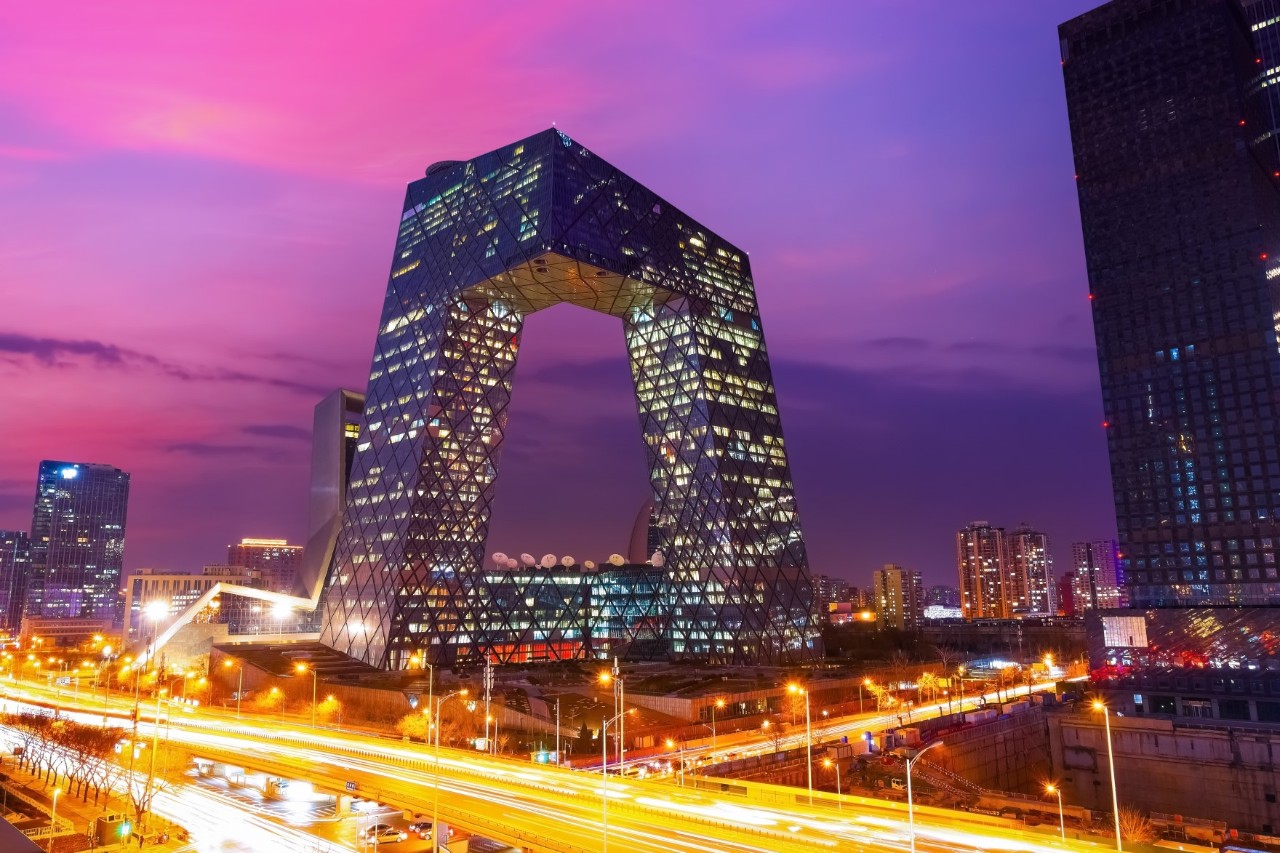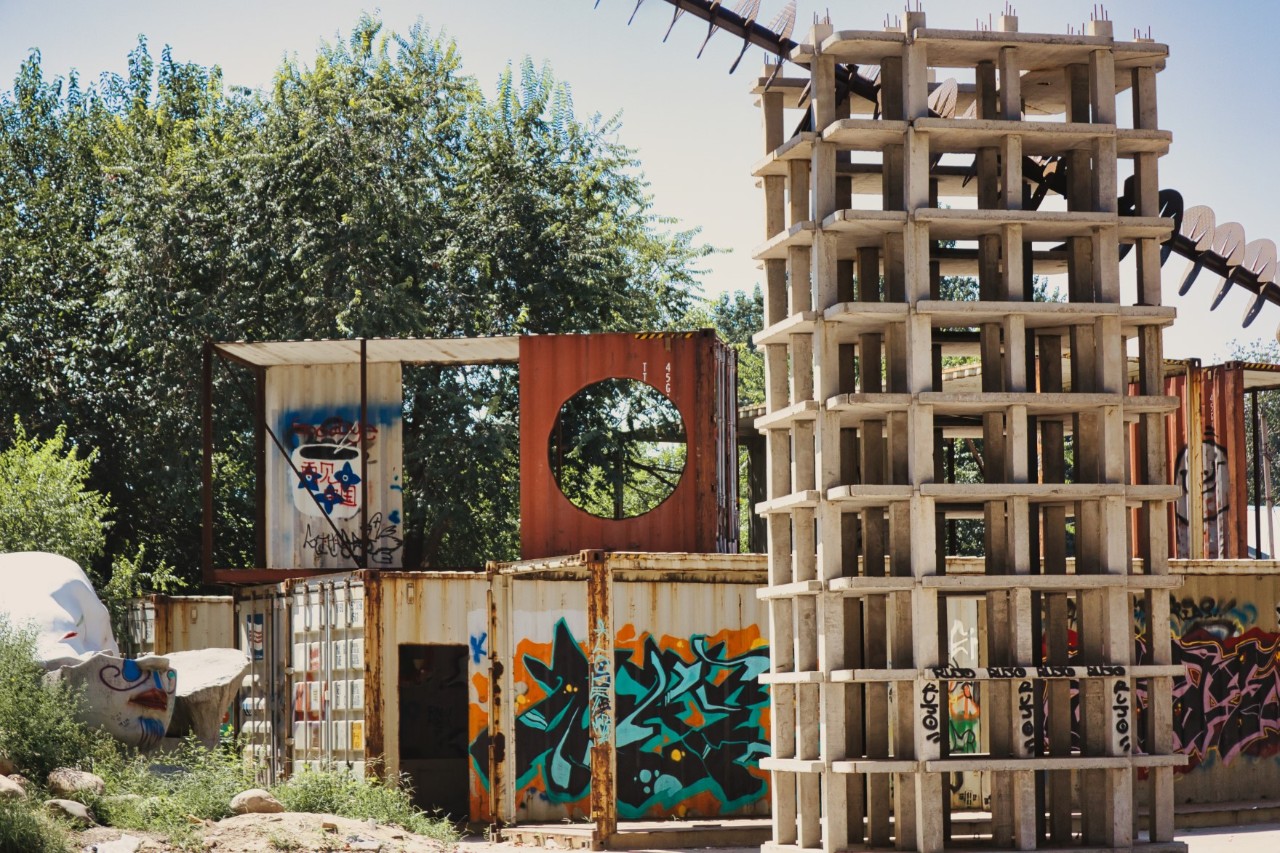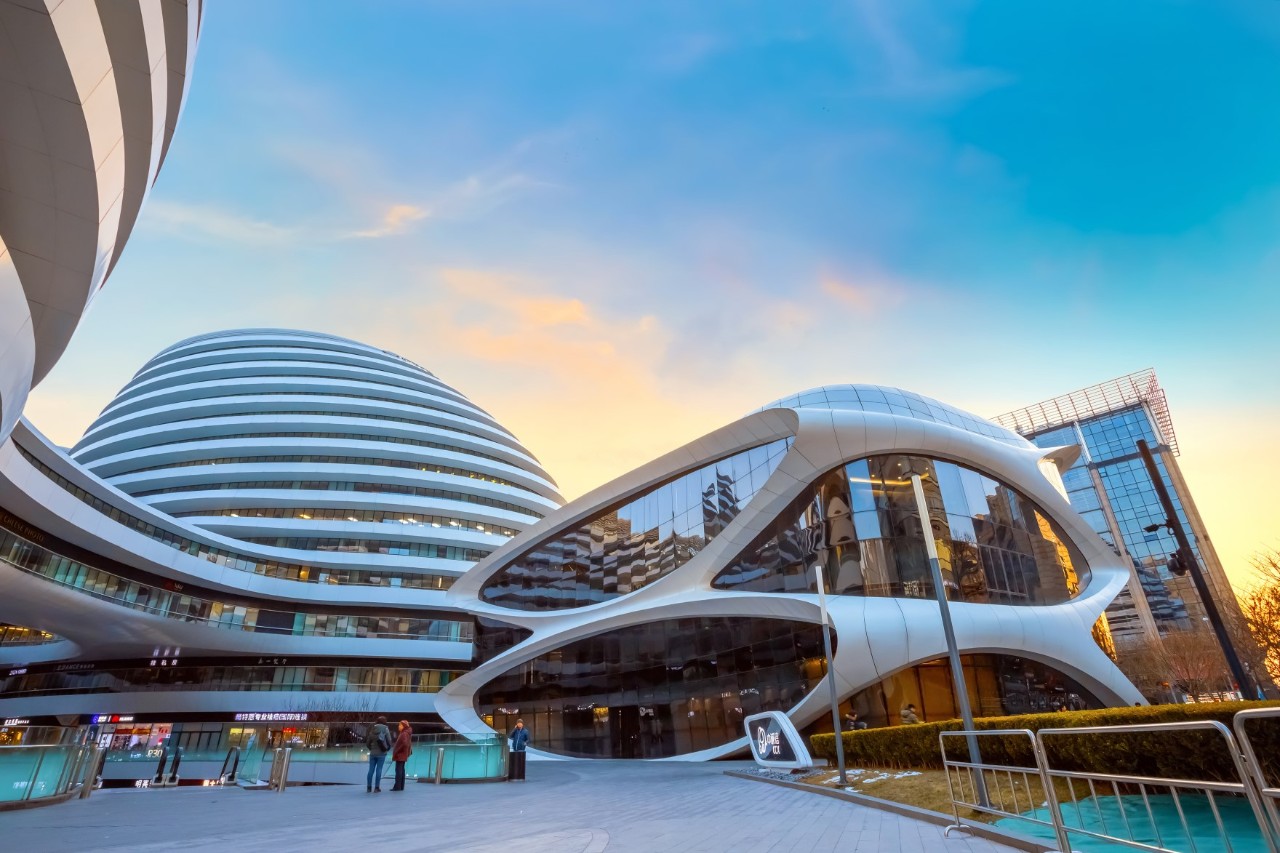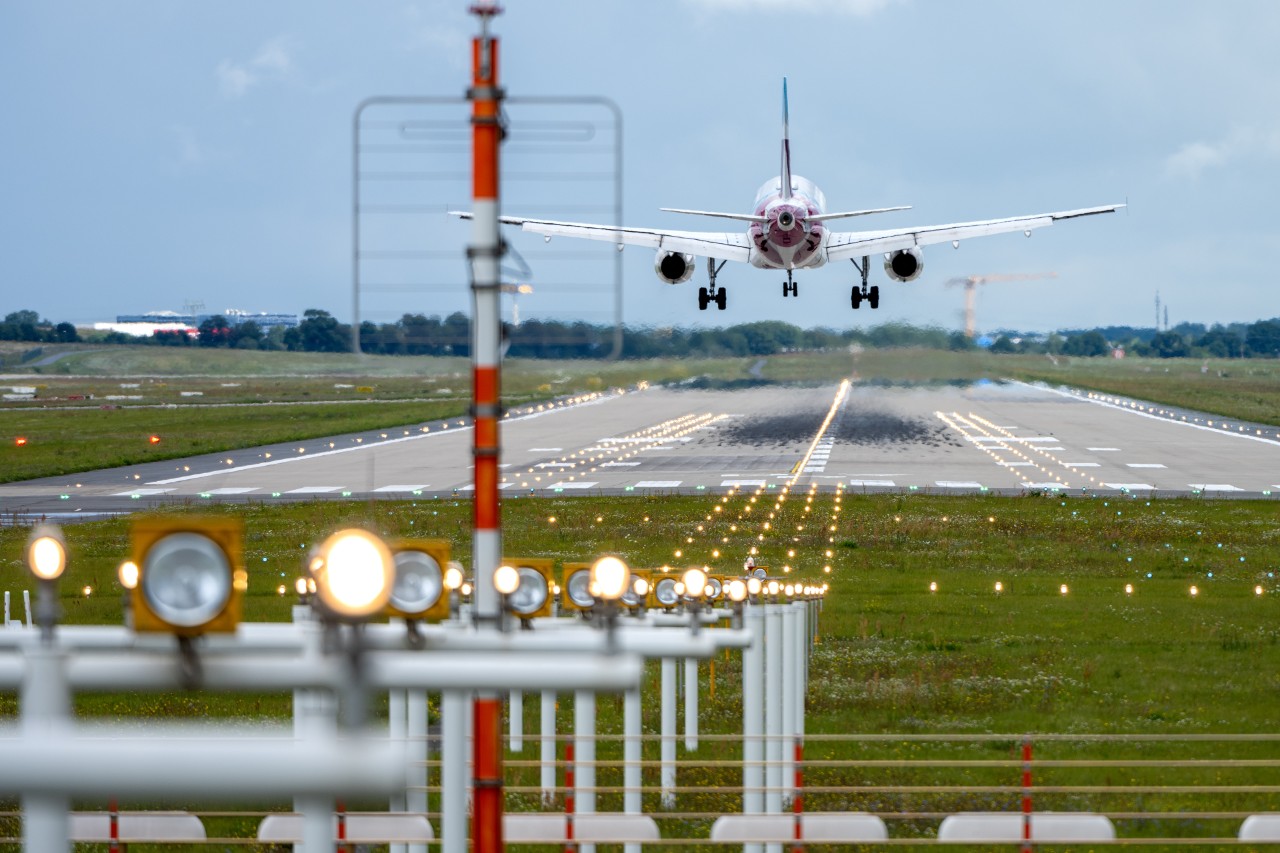Metropolis of Tradition and Modernity
Beijing has become a symbol of China's rapid development and influence on the global stage. Today, the country's capital reflects a fascinating mix of tradition and modernity. Once an imperial city with a history stretching back thousands of years, Beijing has evolved into a centre for technology, business and culture.
The change is visible everywhere: Futuristic-looking skyscrapers rise up next to historic sites and traditional residential areas. Despite these drastic changes, the metropolis has retained its roots and cultural identity. Historic sites like the Great Wall, Forbidden City and Temple of Heaven are reminders that Beijing was once the heart of the empire. This bridge between past and present makes the city a unique and fascinating destination.
Numbers, data, facts
- Time difference: + 6 hours
- Population: 22 million
- Official language: Standard Chinese
- Currency: Yuan (CNY)
Ten Highlights of Beijing
The Modern Face of the Chinese Capital
If you only think of temples and historic palaces when you think of Beijing, you are not entirely wrong – but the city is above all a highly modern metropolis, which is reflected in the futuristic skyline or the fast and efficient transport network, among other things. In particular, the Olympic Games in 2008 are considered a catalyst for the modernisation of the city – the driving force behind extensive innovations and developments. Buildings such as the “Bird's Nest” national stadium are evidence of this, and they are now shaping the modern face of Beijing.
Modern Beijing
Beijing from BER
- Airline to Beijing
- Airport from BER
Five travel tips for…
- Physical contact such as hugging or kissing is not common in public
- When eating together, all dishes are placed in the middle of the table and shared with each other
- Slurping or smacking lips while eating is completely normal
- Saying no is always done politely – criticism and confrontation are avoided in public
- Chinese speak much louder, which travellers often misinterpret as aggressive or argumentative
- An absolute must: enjoy the famous Peking duck
- Try jiaozi, savoury stuffed and steamed dumplings
- Zhajiangmian, a classic noodle dish with vegetables, meat and savoury sauce, is best slurped up
- The traditional breakfast drink douzhir made from fermented green beans
- Hotpot, the Chinese fondue, in good company
- Stroll through the narrow lane of Nanluoguxiang and discover authentic cafés, galleries and shops
- Experience the sunrise over Beijing in Jingshan Park
- Visit the Liulichang Antiques Street for special treasures
- Rent a bike and ride through the winding hutongs
- Partake in the locals practice tai chi or dance at Ritan Park
Picture source title: © gui yong nian / stock.adobe.com
The information published on this page is current as of the date of publication or update.

